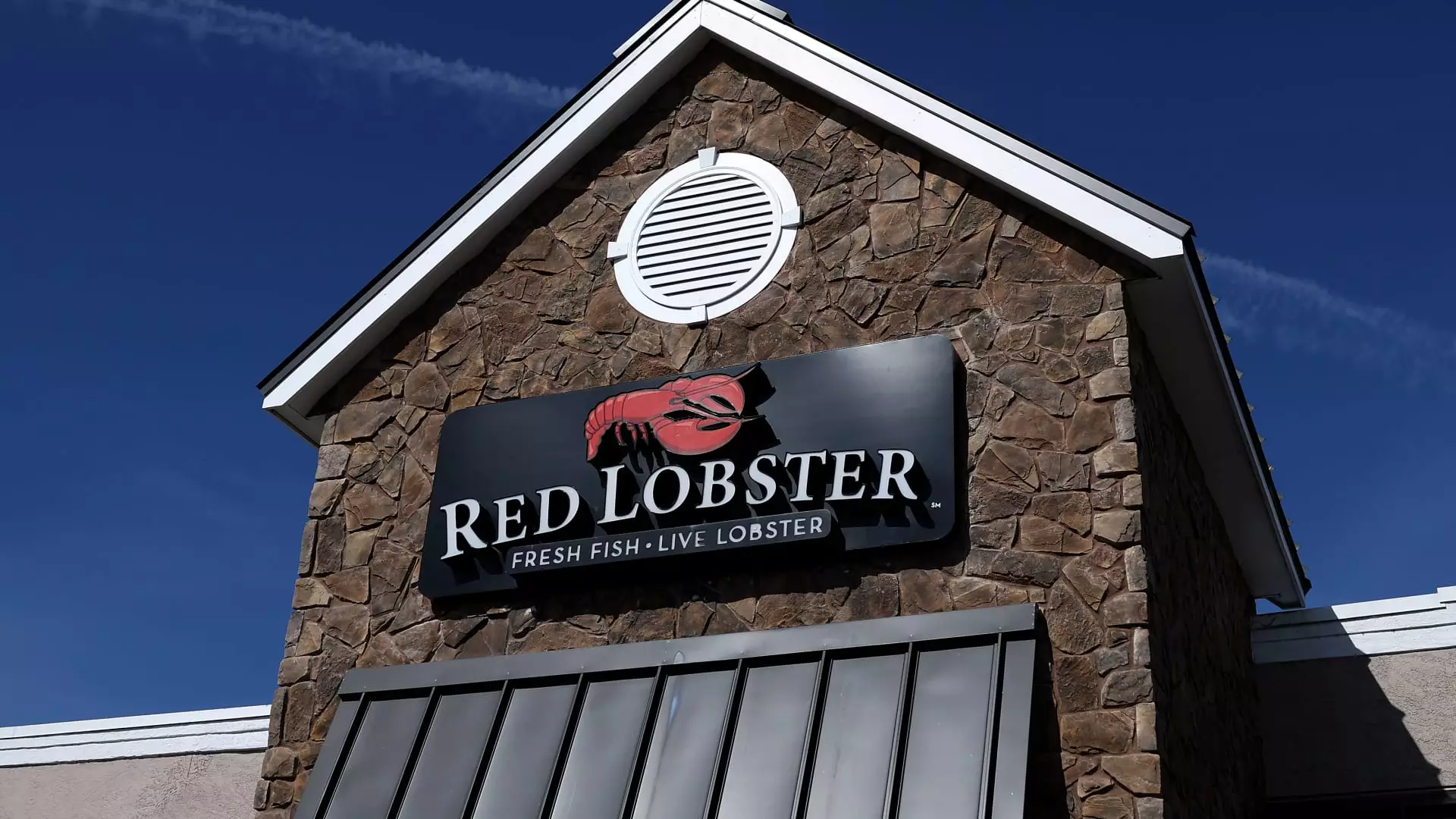Red Lobster, a once-popular seafood chain, has recently filed for Chapter 11 bankruptcy protection in a bid to restructure, downsize, and potentially find a buyer. This move comes after years of financial struggles, exacerbated by mounting debt, long-term leases, and increased competition within the restaurant industry. The company’s current CEO, Jonathan Tibus, pointed to a variety of factors that contributed to the chain’s need for bankruptcy protection, including a challenging economic environment, an oversized and underperforming restaurant footprint, failed strategic initiatives, and intense competition.
Over the years, Red Lobster has seen a series of ownership changes, starting with General Mills’ purchase in 1970, followed by a spinoff into Darden Restaurants in 1995, and ultimately being sold to private equity firm Golden Gate Capital in 2014. Amidst these ownership changes, the chain struggled to find stability and direction, with multiple CEOs coming and going, leaving little continuity in leadership. The ill-fated “endless shrimp” promotion in fiscal 2023 further exacerbated the company’s financial woes, leading to a net loss of $76 million.
The Thai Union Connection
In 2016, seafood supplier Thai Union Group acquired a stake in Red Lobster, eventually becoming the chain’s primary shrimp supplier. This decision, made under interim CEO Paul Kenny’s leadership, significantly increased costs for Red Lobster as they became dependent on one supplier for a crucial ingredient. The debtors are now investigating whether Thai Union and Kenny’s aggressive in-store promotions contributed to shortages of shrimp and further strained the chain’s finances. In addition, there are suspicions that the “endless shrimp” promotion may have been more about boosting Thai Union’s sales than improving Red Lobster’s bottom line.
Despite these challenges, Red Lobster remains optimistic about its future with the support of its lenders and vendors. By slimming down its operations, addressing financial challenges, and staying focused on growth, the company believes that it can emerge stronger from the bankruptcy process. However, with a history of missteps, leadership changes, and questionable strategies, the road to recovery may be long and arduous for the once-iconic seafood chain.
The downfall of Red Lobster serves as a cautionary tale for businesses in the ever-evolving restaurant industry. It highlights the importance of strategic planning, financial prudence, and maintaining a strong leadership team to navigate through challenging times. As Red Lobster looks to turn the tide and rebuild its brand, it must learn from its past mistakes and take proactive steps to ensure a sustainable and successful future in a highly competitive market.

Leave a Reply